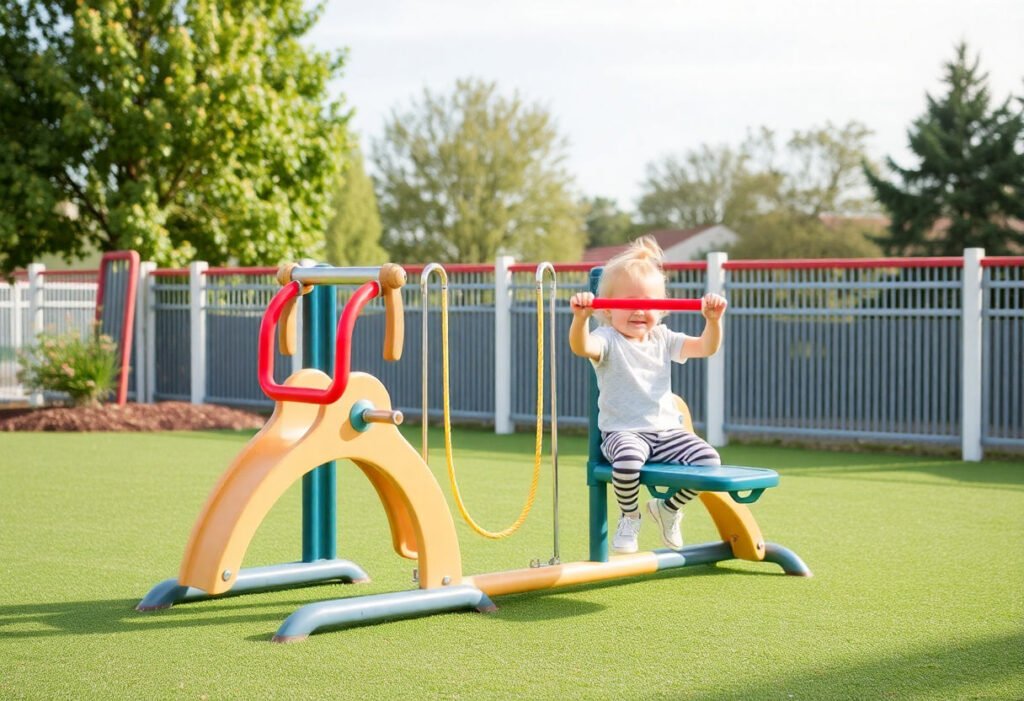Selecting the right exercise equipment for children is crucial for ensuring their safety and fostering healthy physical development. Providing kids with safe and age-appropriate tools not only aids in building their strength and coordination but also instills lifelong fitness habits. As parents and guardians, it’s essential to understand the importance of safety standards and the necessity of regular maintenance. The following sections will delve into these critical aspects, helping you make informed decisions. With a keen focus on ergonomic design and supervision, this guide will empower you to prioritize and choose the best options for your child’s exercise needs.
Key Takeaways
- Prioritize safety standards and certifications to ensure your child’s exercise equipment meets rigorous safety guidelines.
- Select equipment that matches your child’s age and physical abilities to foster safe and effective use.
- Ensure the durability of exercise equipment by inspecting materials and construction quality.
- Choose equipment with ergonomic designs to enhance comfort and safety during use.
- Provide consistent supervision and educate children on safe practices to prevent accidents and injuries.
Understanding the Importance of Safety Standards
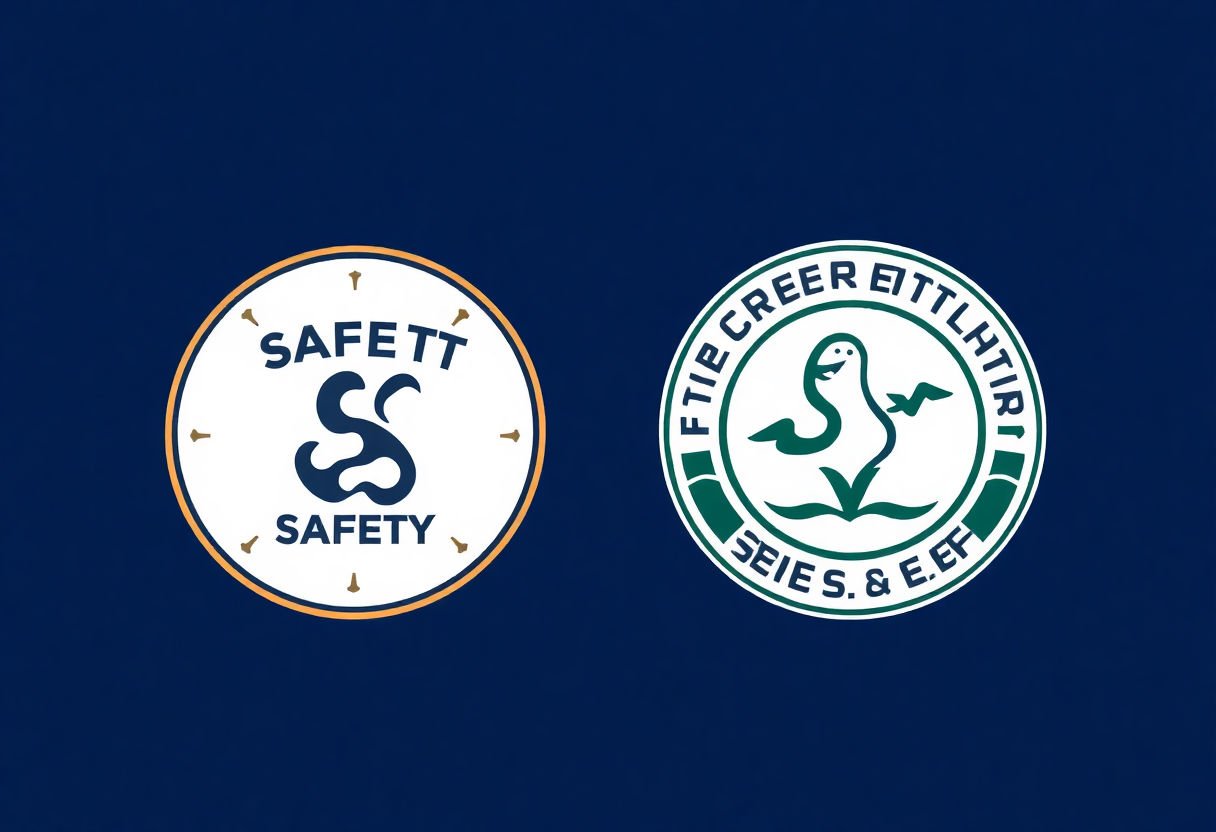
Safety standards for children’s exercise equipment are essential for protecting young users from potential hazards. These standards serve as a benchmark to ensure that equipment is safe for use, promoting a secure environment where children can develop their physical skills.
One of the key aspects to consider is certifications. Equipment that bears certifications from recognized bodies, such as the Consumer Product Safety Commission (CPSC) in the United States, indicates compliance with stringent safety guidelines. This includes assessing materials for toxicity, evaluating the stability and integrity of the equipment, and ensuring that the design minimizes injury risks.
Not all safety standards are universal; they can vary greatly depending on the type of equipment. For instance, gear designed for outdoor use must adhere to different criteria compared to indoor apparatus. It’s crucial to verify that the equipment is suitable for the intended environment.
Age appropriateness is another consideration under safety standards. Each piece of equipment should be labeled with the recommended age range to prevent accidents caused by misuse or overestimation of the child’s physical abilities. Labels that clearly articulate these guidelines help parents and guardians make informed purchasing decisions.
Furthermore, proper instructional materials must accompany the purchase of exercise equipment. Detailed guidelines on assembly and usage ensure that the equipment is utilized correctly, significantly reducing the risk of injury.
In summary, understanding and adhering to safety standards is pivotal in selecting exercise equipment for children, as it lays the groundwork for a secure and enjoyable fitness journey for the young ones.
Choosing Age-Appropriate Equipment
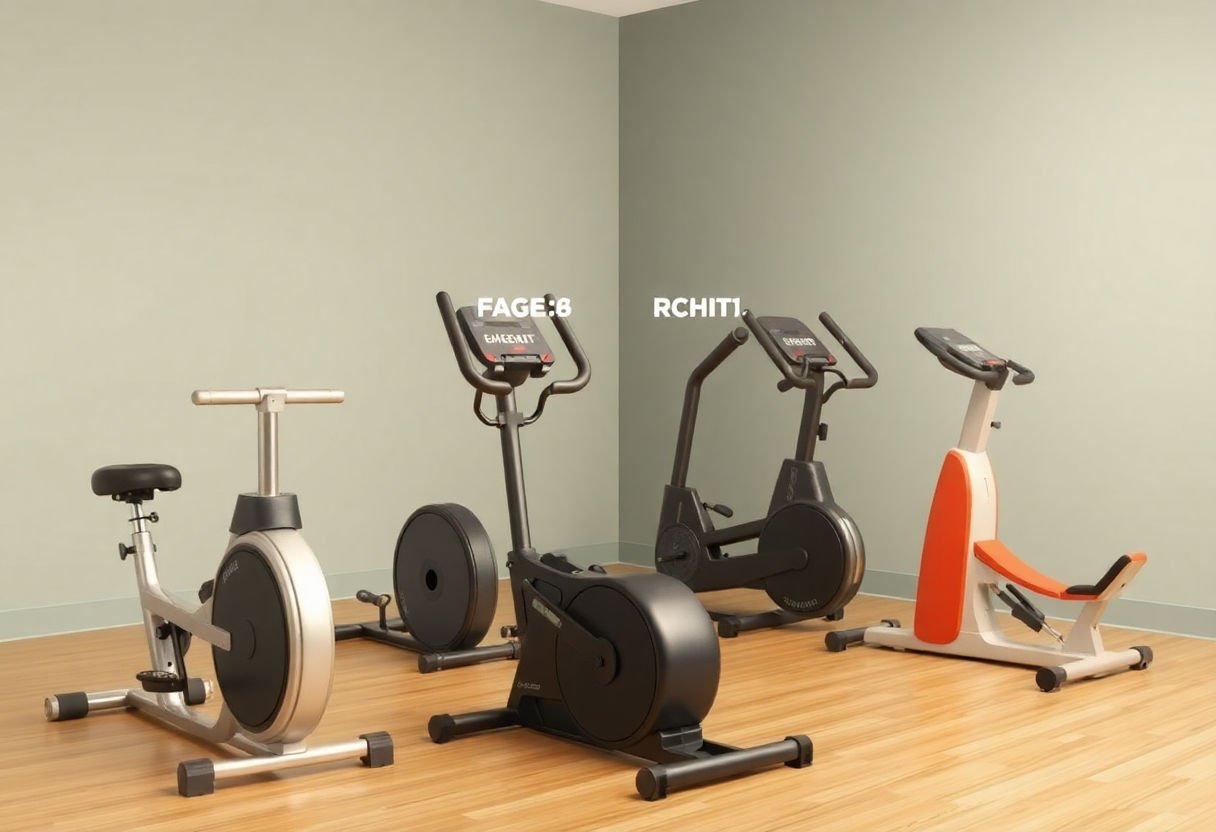
Selecting exercise equipment that is age-appropriate is crucial for ensuring both the safety and effectiveness of a child’s physical activity. As children develop, their physical capabilities differ significantly; thus, it is vital to match the equipment to their current developmental stage.
For Toddlers and Preschoolers: At this tender age, children benefit from equipment that promotes fundamental movement skills such as balance and coordination. Age-appropriate equipment might include soft gym mats, small climbing structures, and low balance beams. Each piece should encourage gross motor skills without overwhelming the child. Look for equipment that is brightly colored and engaging, yet fundamentally safe with no small parts that pose choking hazards.
Elementary School-aged Children: As children grow, so do their abilities to handle more complex equipment. For this age group, consider items like adjustable jump ropes, small trampolines with handrails, and age-specific exercise bikes. The key is adaptability; equipment with adjustable features can accommodate a child’s growth and developing skills. Ensure each piece is sturdy and has passed relevant safety certifications.
Tweens and Teens: Equipment for older children should cater to enhanced strength and coordination. Resistance bands, lightweight dumbbells, and yoga mats can be suitable choices. At this stage, encourage activities that develop stamina and flexibility. Always verify that the equipment withstands heavier use and includes proper safety instructions.
By carefully choosing equipment that aligns with a child’s age, parents and guardians can not only help prevent injuries but also foster a lifelong love for physical activity. This thoughtful approach supports overall physical development and encourages healthy exercise habits.
Inspecting Equipment for Durability
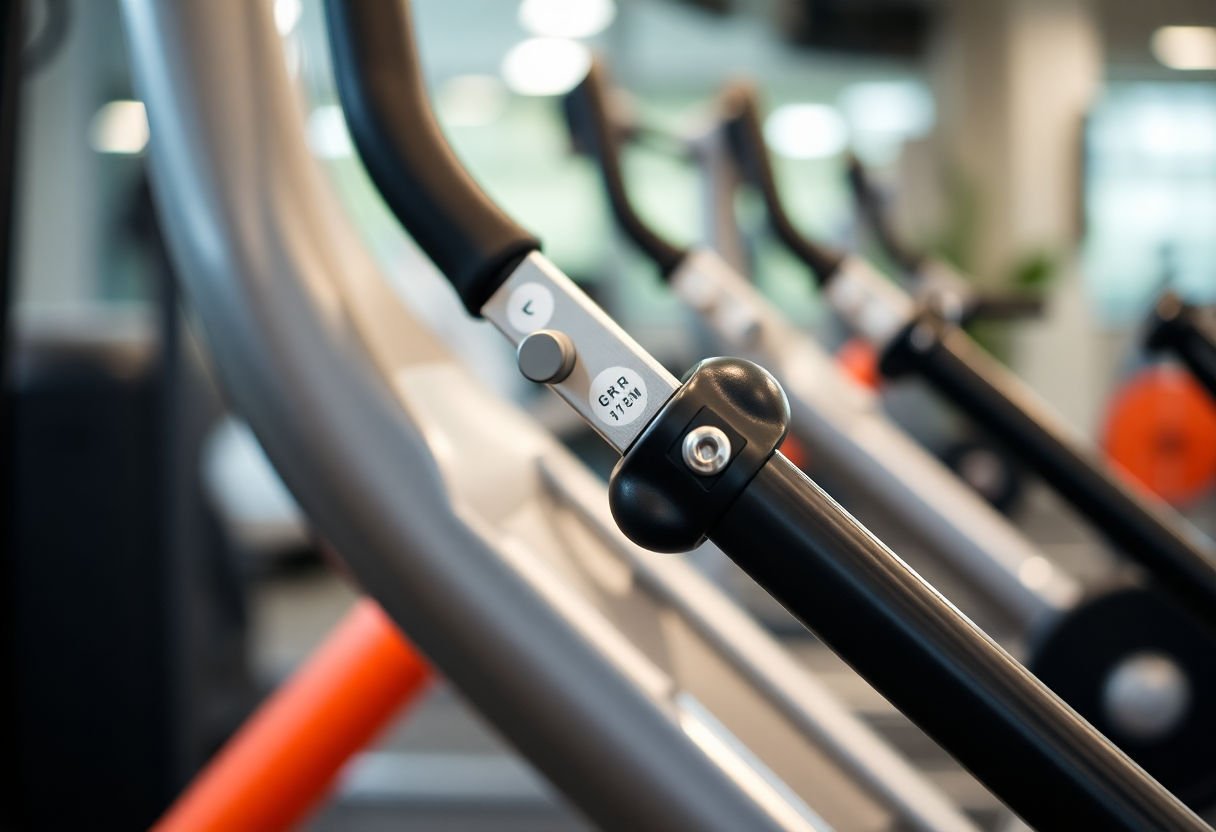
When selecting exercise equipment for children, it is imperative to ensure that the equipment is built to last. Children’s natural curiosity and energy often lead to intensive use of their playthings, hence the need for robust equipment. Here are some essential tips to help you assess durability:
-
Material Quality: The material from which the equipment is made speaks volumes about its durability. Look for equipment made from high-quality metals, reinforced plastics, or sturdy wood. These materials not only withstand prolonged use but also resist wear and tear.
-
Construction Integrity: Pay close attention to the construction details. High-quality exercise equipment should have smooth welds, tight screws, and a solid frame. Any signs of flimsiness or poor construction could imply the equipment won’t endure rigorous use.
-
Weight Capacity: Check the weight limits of the equipment. Durable products should comfortably support a weight range that exceeds the child’s current weight, ensuring they can use the equipment as they grow.
-
Safety Features: Ensure safety features are robust and reliable. This includes checking that locks or latches are secure and that protective padding is firm and well-fixed.
-
Manufacturers’ Reputation: Consider manufacturers with a reputation for producing longevity-focused products. Their equipment often comes with warranties that hint at the expected lifespan of their products.
Performing a thorough inspection can prevent potential injuries and contribute to your children’s safe and enjoyable workout experience. Always remember, well-built equipment is not just an investment in durability but also in your child’s safety and well-being.
Focusing on Ergonomic Design
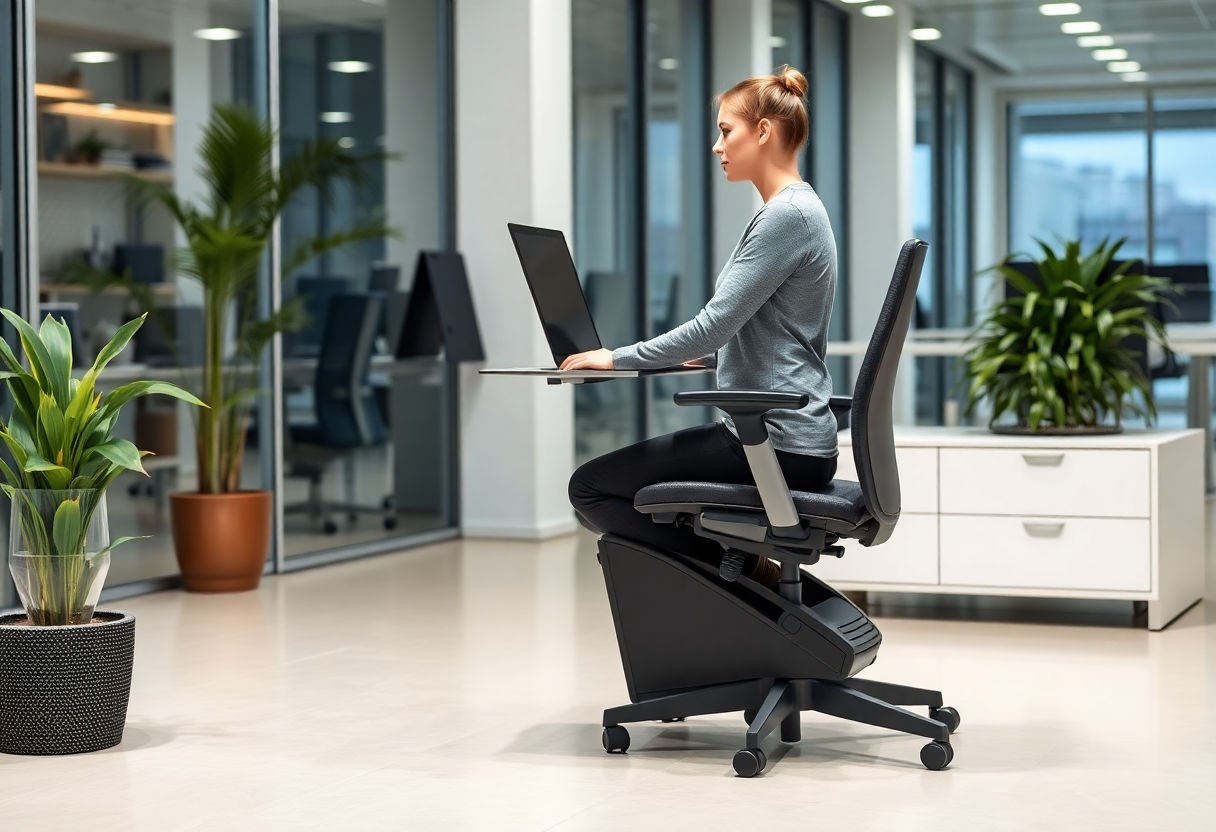
Ergonomic design is crucial in selecting safe kids’ exercise equipment, as it ensures comfort, efficiency, and injury prevention. Children’s unique physiological needs differ significantly from those of adults, necessitating specially tailored equipment. Investing in equipment that prioritizes an ergonomic build aids in fostering a positive and effective exercise experience.
Firstly, consider the proper sizing of equipment. Equipment designed with the correct proportions promotes natural posture and efficient movement patterns, reducing strain on the body. For example, adjustable seating and handles can accommodate a child’s growth, ensuring continued comfort and usability over time.
Another aspect to evaluate is the grip and texture. Equipment with non-slip surfaces and soft grips provides stability and safety during exercise, minimizing the risk of slips and falls. This is particularly important for smaller hands that may struggle with maintaining a secure hold on larger equipment.
Additionally, pay attention to support and cushioning. Well-padded seats and joints can alleviate pressure on sensitive areas, enhancing comfort during prolonged use. Proper cushioning not only improves the immediate user experience but also protects developing bones and joints, essential for children’s growth and health.
Finally, ensure the equipment encourages correct form. Whether it’s a bike, treadmill, or strength trainer, devices that naturally guide users into the correct posture and motion can greatly reduce the likelihood of injury. Ergonomic features that guide kids to maintain correct alignment contribute significantly to both safety and effectiveness.
By focusing on these key ergonomic elements, parents can help ensure that children experience both the joy and benefits of physical activity without undue risk.
Ensuring Adequate Supervision During Use
Supervision plays a crucial role in ensuring the safe use of exercise equipment by children. Despite selecting and maintaining the right equipment, adequate adult supervision remains indispensable to prevent accidents and promote proper use. Here’s why supervision is vital:
- Risk Mitigation: Supervisors can promptly address hazardous situations—such as equipment misuse or mechanical issues—that children might overlook. By being vigilantly present, parents and guardians can halt risky behavior before it leads to injury.
- Guided Learning: Children are often eager to explore, which can lead to improper equipment usage. By supervising exercise sessions, adults can offer guidance on correct form and technique. This not only minimizes the risk of injury but also helps children learn how to use the apparatus effectively.
- Encouragement and Support: Supervision also provides an opportunity to encourage and motivate children, helping to foster a positive experience. When children feel supported, they are more likely to engage in physical activities consistently and safely.
Strategies for Effective Supervision:
- Be present at all times during the use of exercise equipment.
- Understand the mechanics and safety features of the equipment to offer informed assistance.
- Encourage breaks to prevent fatigue, which can lead to errors in using the equipment.
- Establish clear rules about the usage boundaries and expected behavior.
Regular supervision ensures that children enjoy the benefits of exercise in a secure environment, thus contributing positively to their physical development and safety.
Regular Maintenance and Checks
To ensure the ongoing safety of children’s exercise equipment, regular maintenance and checks are essential. This proactive approach not only extends the lifespan of the equipment but also guarantees that it remains safe for use.
Begin by setting a consistent maintenance schedule. Depending on the frequency of use, this could be weekly or monthly. Regular intervals help identify wear and tear before they become hazards. During maintenance, focus on the condition of bolts, screws, and other fasteners. Tighten any that are loose to avoid instability during exercise sessions.
Inspect the structural components diligently. Look for any cracks, rust, or other signs of deterioration. Equipment made of metal can corrode over time, while plastic components may become brittle. Address these issues immediately by replacing or repairing affected parts. For equipment with moving parts, such as treadmills or ellipticals, ensure that they are lubricated properly to prevent jamming or stalling.
The safety of surfaces and padding cannot be overstated. Check for any tears or wear in the padding of seats, handles, and floors. These elements provide crucial cushioning that protects children during use. If the padding is damaged, replace it promptly to maintain a safe environment.
Finally, evaluate the stability of the equipment. Ensure that all items are positioned on a flat surface to prevent tipping. If equipment seems unsteady, it may be necessary to reposition it or use stabilizing mats. Safety inspections should also include testing the equipment’s effectiveness. Call on experts or customer service for advice if unusual noises or resistance are observed.
By following these tips, you ensure that children’s exercise routines remain both effective and safe.
Educating Kids on Safe Usage Practices

Educating children on safe usage practices for exercise equipment is crucial to their well-being and fosters lifelong habits of safety and responsibility. By instilling awareness at an early age, children can enjoy the benefits of physical activity with reduced risk of injury.
Begin by demonstrating the correct use of each equipment piece. Show children how to properly adjust, use, and store the equipment, emphasizing the importance of following manufacturer instructions. Highlight the potential hazards of misuse in an age-appropriate manner, ensuring they understand the consequences without causing undue fear.
Establish a set of clear rules for the exercise area. These rules should include guidelines on taking turns, using equipment only when supervised, and not engaging in unnecessary risk-taking behaviors. Encourage children to develop a habit of informing an adult if something seems wrong with the equipment, fostering a sense of responsibility.
Role-playing safety scenarios can be an engaging and effective method to reinforce these principles. Use pretend play situations to explore what they should do when encountering unfamiliar equipment or witnessing unsafe behavior by peers. This approach not only teaches practical skills but also boosts their confidence in using the equipment correctly.
Implement positive reinforcement mechanisms. Praise and rewards for demonstrating safe behavior can motivate children to adhere to the safety practices they have learned. Regular discussions and refreshers on safety can help maintain these habits, ensuring that children remain aware of their environment and make smart choices during play.
By prioritizing education on safe usage practices, parents and educators can play a significant role in safeguarding children’s physical activities, empowering them to enjoy a healthy lifestyle safely.
Conclusion
In conclusion, ensuring the safety of kids’ exercise equipment is paramount for fostering a healthy lifestyle. By prioritizing safety standards, selecting age-appropriate apparatus, and focusing on durability and ergonomic design, parents can significantly reduce risks. Regular maintenance and educating children on safe usage further enhance their well-being. As we look to the future, embracing these practices will nurture a safe and active environment for children, contributing positively to their physical development. Parents are encouraged to remain vigilant and proactive, ensuring that every aspect of their kids’ fitness routines is both enjoyable and secure.
Frequently Asked Questions
What should I look for in terms of safety standards when buying kids’ exercise equipment?
When purchasing exercise equipment for children, ensure that it complies with recognized safety standards such as ASTM International or CPSC guidelines. Certified products have undergone rigorous testing to safeguard against potential hazards.
How do I choose age-appropriate exercise equipment for my child?
Select equipment that matches your child’s age and developmental stage, taking into account their physical capabilities and interests. Manufacturers often provide age recommendations that can guide your selection process.
How can I ensure that the exercise equipment I bought is durable?
Inspect the equipment regularly for any signs of wear and tear, such as cracks, rust, or loose parts. High-quality materials and robust construction are indicators of durability and longevity.
Why is ergonomic design important for children’s exercise equipment?
An ergonomic design ensures that the equipment supports healthy posture and minimizes the risk of strain or injury. Look for features that accommodate the natural movements of a child’s body, promoting safe and effective exercise.
How often should I perform maintenance checks on my child’s exercise equipment?
Regular maintenance checks should be conducted at least once a month to identify and fix potential issues. This includes tightening screws, lubricating moving parts, and checking for structural integrity to ensure ongoing safety.
